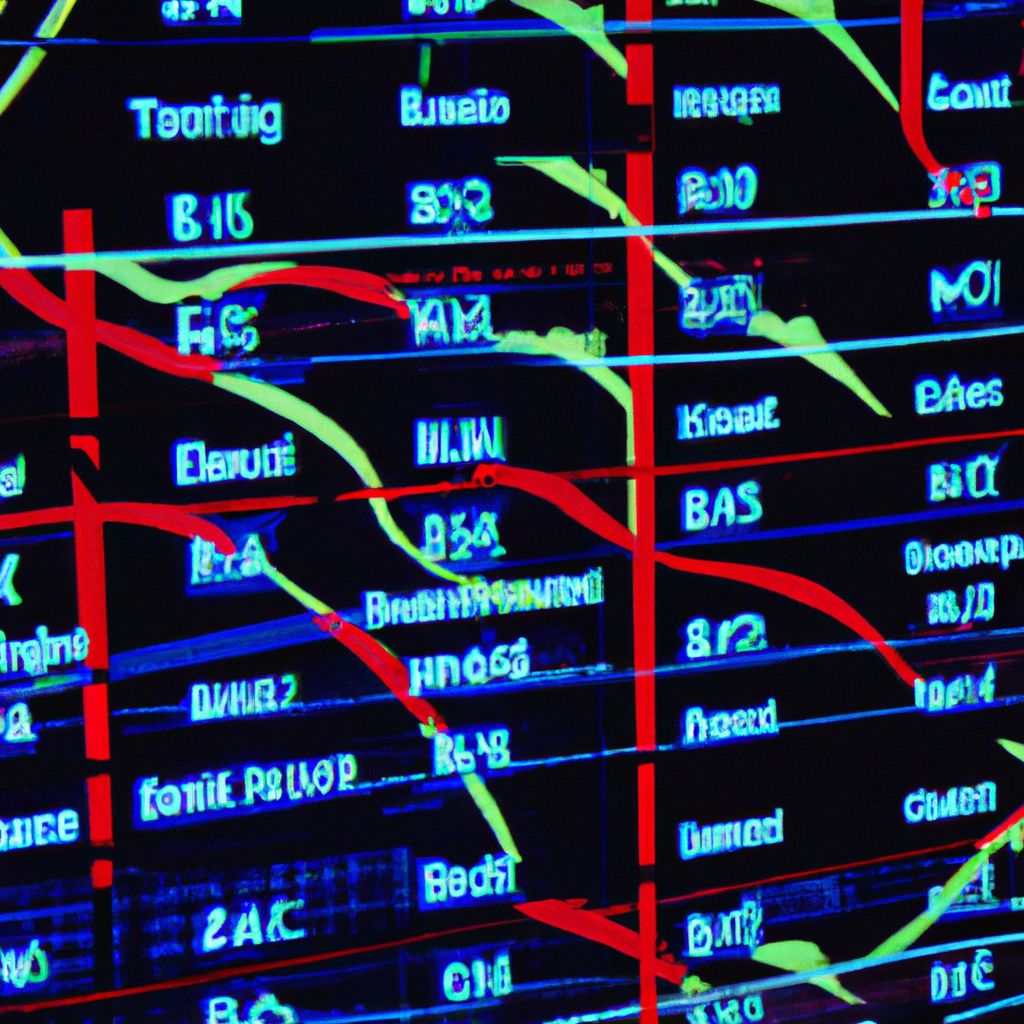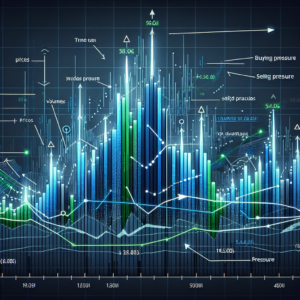
Algorithmic Trading with Technical Indicators: A Comprehensive Guide
Introduction
Algorithmic trading has revolutionized the financial markets by enabling traders to execute trades automatically based on pre-defined rules. One of the key components of algorithmic trading is the use of technical indicators, which provide valuable insights into market trends and help traders make informed decisions. In this article, we will explore the concept of algorithmic trading with technical indicators and discuss how they can be effectively utilized.
Understanding Technical Indicators
Technical indicators are mathematical calculations derived from historical price and volume data of a financial instrument. These indicators are used to identify patterns, trends, and potential reversals in the market. Traders can choose from a wide range of technical indicators, including moving averages, oscillators, and trend-following indicators, depending on their trading strategy and goals.
Implementing Algorithmic Trading
Algorithmic trading involves the use of computer programs to automatically execute trades based on predefined rules. To implement algorithmic trading with technical indicators, traders need to follow a systematic approach. Here are the key steps involved:
Step 1: Define Trading Strategy
The first step is to define a trading strategy that aligns with your investment objectives. This includes determining the time frame, selecting the financial instrument(s) to trade, and identifying the technical indicators that will be used to generate trading signals.
Step 2: Backtesting
Before deploying your algorithmic trading strategy in live markets, it is crucial to backtest it using historical data. Backtesting involves running the strategy on past market data to evaluate its performance. This helps in identifying potential flaws, optimizing parameters, and gaining confidence in the strategy’s effectiveness.
Step 3: Selecting Technical Indicators
Based on your trading strategy, choose the technical indicators that will be incorporated into your algorithm. Each indicator has specific parameters that need to be set, such as the period for moving averages or the overbought/oversold levels for oscillators. Experimentation and fine-tuning may be required to find the optimal combination of indicators for your strategy.
Step 4: Generating Trading Signals
Once the technical indicators are selected and configured, they can be used to generate trading signals. These signals indicate whether to buy, sell, or hold a particular financial instrument. For example, a moving average crossover strategy may generate a buy signal when a shorter-term moving average crosses above a longer-term moving average.
Step 5: Risk Management
Implementing proper risk management techniques is crucial in algorithmic trading. Define parameters such as stop-loss and take-profit levels to limit potential losses and protect profits. Additionally, consider incorporating position sizing techniques to ensure appropriate allocation of capital for each trade.
Step 6: Live Trading and Monitoring
Once your algorithmic trading strategy is ready, it can be deployed in live markets. Monitor the performance of your strategy closely and make necessary adjustments as market conditions evolve. Regularly review and analyze trading results to identify areas for improvement and refine your strategy accordingly.
Conclusion
Algorithmic trading with technical indicators provides traders with a systematic and disciplined approach to trading in financial markets. By leveraging the power of technology and utilizing technical indicators effectively, traders can enhance their decision-making process and potentially improve trading performance. However, it is important to remember that algorithmic trading is not a guaranteed path to success and requires continuous learning, adaptation, and risk management to achieve consistent results.





